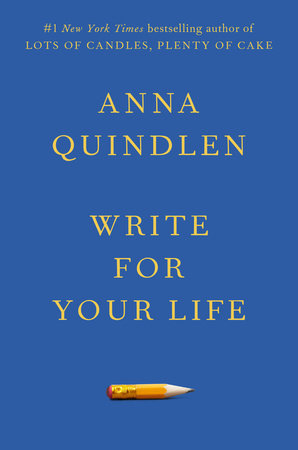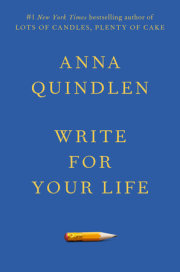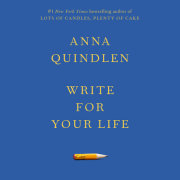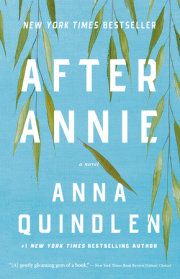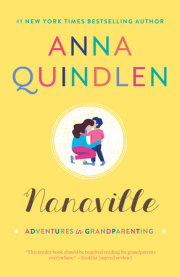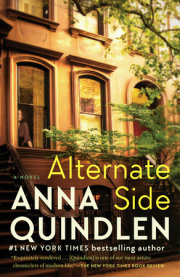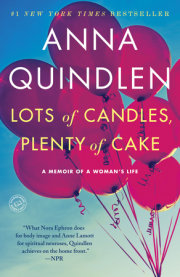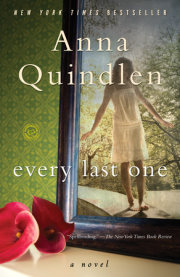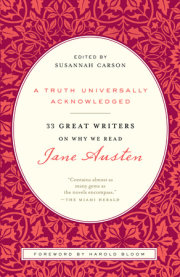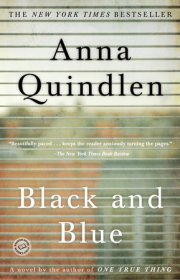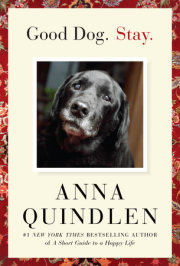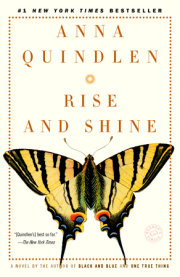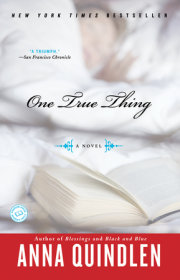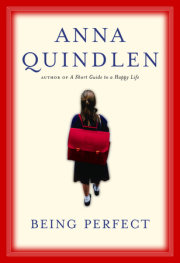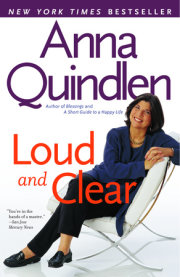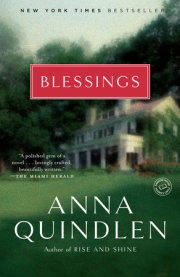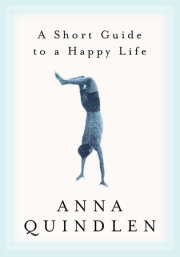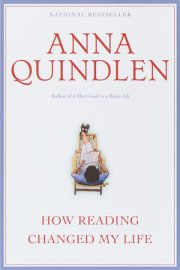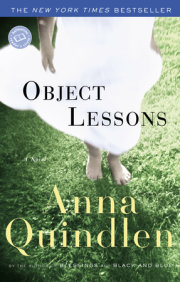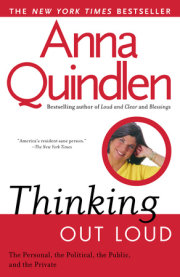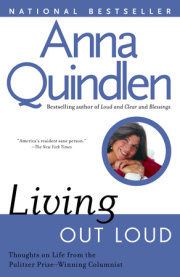Chapter 1
Infinitive...
One Friday in mid-June many years ago, a girl leapt from her bed and went into her parents’ room, then downstairs. In the living room her family gathered so that she could open her presents. Thirteen. It’s a birthday of moment, the first teenage year, the beginning of becoming a woman and an adult.
Perhaps as a suggestion of that becoming, she was given a brooch. Perhaps as a reflection of her role as the youngest, the child, she was given a jigsaw puzzle and some candy. But the present she liked best was given to her by her mother and father. It was a diary covered in red-and-white plaid cloth. She called it Kitty. On the first page she wrote, “I hope I shall be able to confide in you completely, as I have never been able to do in anyone before, and I hope that you will be a great support and comfort to me.”
It was 1942. By 1945 the girl would be dead of typhus, murdered really, and Kitty would be on her way to becoming a kind of literary living legend.
The girl was Anne Frank, the daughter of Reform Jews living in Amsterdam. Less than a month after that birthday, Anne took Kitty with her into hiding in an attic area used for storage atop her father’s business offices. “The four of us were wrapped in so many layers of clothes it looked as if we were going off to spend the night in a refrigerator,” she wrote, “and all that just so we could take more clothes with us. No Jew in our situation would dare leave the house with a suitcase full of clothes.”
“It’s so amazing,” a girl once said to me when I was speaking at a middle school book fair, “that a thirteen-year-old girl was able to write a bestselling book.”
What sometimes gets lost, in the many decades since her father first published Anne Frank’s diary, in the millions upon millions of copies it has sold in dozens of languages, is that when she first began, Anne Frank wasn’t writing a book. She was talking to herself. And she was talking to herself in a way that any of us can do too. She was finding solace in writing her life, her thoughts and feelings, day after day. Words to live by.
Anne Frank was living through an extraordinary experience, an extraordinary time, an extraordinary horror, and to ground herself she was committing everything to paper, much of it not particularly profound. The curtains at the windows, the cupboard to hide the door. She writes about how everyone thinks Anne is badly behaved, about how much she hates algebra and geometry. Eventually she ran out of space in the birthday diary and continued in exercise books and accounting ledgers from the office below. In some ways she sounds like a typical teenager: a mother who doesn’t understand her, a boy she wants to be alone with. In others, surely not: the toilet that cannot be flushed for the entire day, the enforced silence to forestall the unexpected footsteps on the stairs, the sound of those footsteps evoking terror because of what the family Frank has heard is happening in the world outside the attic.
But Anne’s diary is also instructive about how writing, for anyone, for everyone, for you and for me, can normalize the abnormal and feed the spirit, whether during exceptional moments of history or just ordinary moments of everyday life. For those far along in the span of their lifetimes, writing offers an opportunity to look back, a message in a bottle that says, This was life. This was how it was, this was who I was. For young people like Anne, it’s a way of understanding yourself, hearing your own voice, puzzling out your identity.
Journals and diaries were once a given for girls of a certain age; many a woman has cleaned out the childhood bedroom in which she once shut out the world and discovered a world within, within the pages of a forgotten book festooned with flowers or covered in fabric, written in a hand recognizable but perhaps hardened by the years. We cringe; we read. Was this really who we once were? Yes, it is.
In fact it is part of how we discovered who we once were, by writing it down for an audience of one: me, myself, and I. The revelations sidle in and slip out, the parties, the meetups and hangouts. The night of the terrible drunk. The day of the great disappointment. Or sometimes, even sadder, we must read between the lines. Some diary entries can reflect a fantasy of adolescence, filled with friends and so very much fun, when from the safe vantage point of maturity it is possible to remember too the misery, the insecurity. There’s no question that at various times we lie to ourselves when we write. I don’t imagine there are many mothers who have a baby book that contains musings about unbearable fatigue or the rigors of breastfeeding or the fear of not being cut out for the job. Kierkegaard said that life must be lived forward but can only be understood backward.
Writers don’t have a corner on the market of writing, although sometimes that is how it seems to feel. Centuries ago literacy, the ability to read and therefore to write, was the purview almost exclusively of the aristocracy and the clergy. But by the early twentieth century the majority of Americans could read, and many of them wrote, letters and journals and personal histories. Literacy had once been a way of keeping people in their place, poor people, enslaved people, immigrants. For centuries only the rich or highly educated could read, write, and so have a voice. When literacy was democratized, it changed everything because the voices of the few and the privileged were supplanted by a chorus of the many, from many walks of life. People used words, not simply for treatises or sacred texts but to connect with others like themselves, who might not be learned but were certainly human. Writing was a kind of handshake or embrace: Hello, I see you. I want to know and understand you. I want to understand myself.
That explains why Erin Gruwell did what she did at Wilson High School in Long Beach, California, a place labeled many years ago by MTV the “gangsta rap capital” of the United States. In 1994 Erin showed up at Wilson, and like many a newbie teacher she was saddled with what she was told were the hard cases, the first-year students who had learning disabilities, disciplinary issues, even juvenile records. “Unteachable” was the word that was used.
Her plans for the future, for their future, began to unfold when, as a student teacher, she intercepted a racist caricature of a boy in her class, a student who, rumor had it, had once threatened a teacher with a gun. The picture, drawn by one of his classmates, was a study in stereotypes, the features of a Black student inflated to grotesque proportions. Erin told the class that it was exactly the type of propaganda the Nazis had used during the Holocaust when they circulated caricatures of Jewish citizens. Seeing the blank stares, she asked who had heard of the Holocaust. Not a single student raised a hand. When she asked how many had been shot at, almost every hand went up.
She was young and idealistic, and she decided that one way for her students to survive, to learn, to succeed, was to see their own stories on the page. “I’ve always felt that when you write, you don’t feel so alone, and I felt as though they needed that,” she says, looking back. And so although virtually all of her students thought of themselves as not-writers, she assigned them to keep journals. “I took away everything that would have been a distraction,” she recalls, “spelling, punctuation, grammar. It was reckless abandon.” (In her own journal at the time she wrote, “When I ask them what a dangling modifier is, they say, ‘Dangle this.’ ”)
Here’s some of what Ms. Gruwell got from her students:
“The whole day at school, I couldn’t keep my mind off my new gun. I felt like a little boy with a shining new toy.”
“I am living a lie. I am struggling with a deep secret—being a ‘closet drinker.’ ”
“I can still feel the sting from the belt on my back and legs as he violently lashed me in his usual drunken state of mind.”
“Sorry, diary, I was going to try not to do it tonight, but the little baggie of white powder is calling my name.”
You get the idea. The students also wrote about gang warfare, sexual assault, suicide attempts, apartment evictions, and the constant fear of being unmasked as undocumented in America, things that many think of as aberrational, or other, and which these students considered events just as everyday as Anne Frank did her Jewish family layering on clothing so they would not be seen with telltale suitcases.
Erin’s students were supposed to move on to other teachers, other classes, at the end of that first year, but in a way they had stopped being an English class and become a writing community. Through a combination of the publicity that her approach garnered and the connections she made, Erin managed to stay with this group of students for four years. They called themselves the Freedom Writers, and in the same way that Kitty became a kind of friend to Anne in the attic, their journals became the confidants of kids who had a lot to talk about and no one to talk with.
Copyright © 2022 by Anna Quindlen. All rights reserved. No part of this excerpt may be reproduced or reprinted without permission in writing from the publisher.

